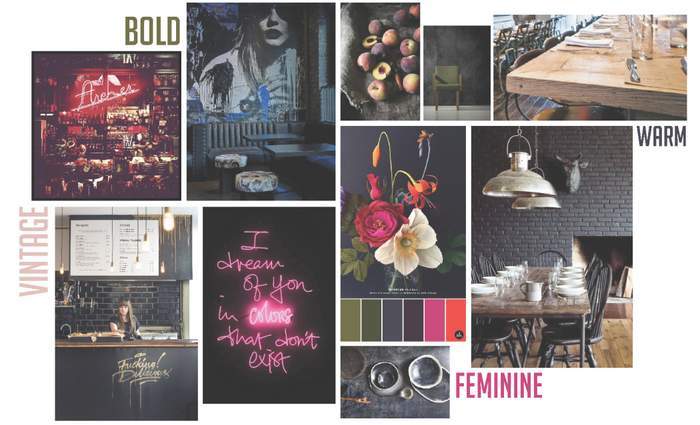
The brewhouse, the beer hall, the corner pub — these have long been places of revelry and gathering, places of comfort and connection, where the everyperson can meet to while away the hours. Today, these spaces are capturing a new spirit of American craft, one that embraces authenticity, integrity and innovation. There are many ways to capture this spirit, and many ways it can manifest, but getting it just right is key to making a space that will fit your brews and your brand.
A good designer will know the questions to ask that will elicit the right information to inform the design of a brewery.
- Are you more driven by pride of the craft or the joy of sharing?
- Do you aspire to master a single style, or does your curiosity urge you to test your mettle in a wide variety of brews?
- Will you stay local and intimate, or is your aim for global domination?
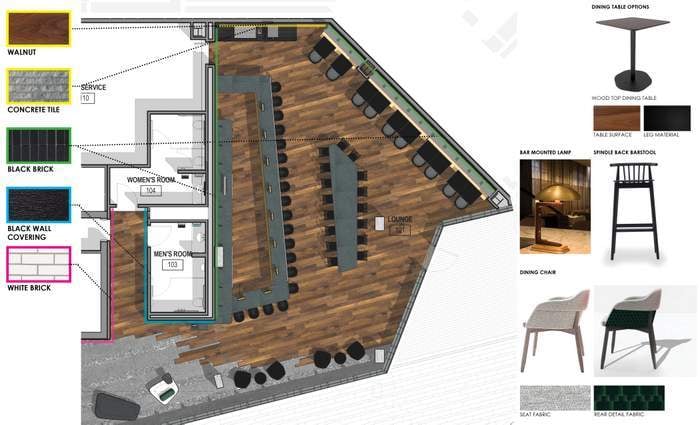
The answers could be contradictory, surprising or seemingly irrelevant, but they move towards a mutual understanding of what the project wants to be and helps to solidify the core guiding concepts of the design.
The design of a space often does not require an intensive intervention. Rather, the adaptive-reuse nature of many brewery locations results in the weathered, natural aesthetic of reclaimed and repurposed materials. This can align with the approachable, familiar nature of many craft brewer’s own story. For more than a decade, one of the most ubiquitous materials found in taprooms to add a texture of warmth and character is natural wood. The familiar, enveloping aesthetic is practically synonymous with breweries.
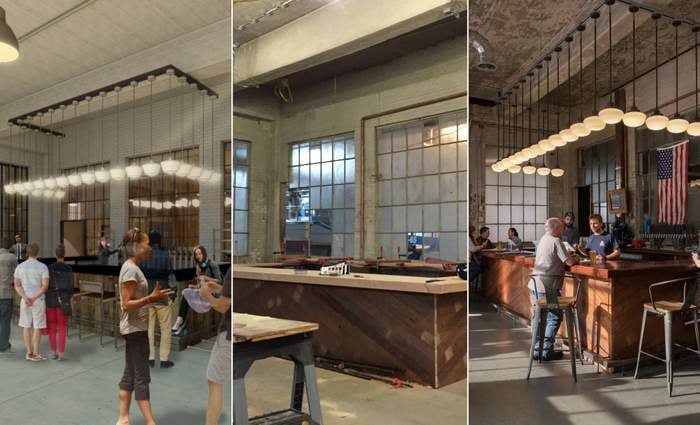
Thinking about tone
Some crafters draw in their clientele with a character and tone to their brand that is strongly steeped in imagery, color tones, iconic brew labels or clever naming. The whimsical character, the joy of the process and of sharing a deeply-vested interest can make for long lasting relationships; every day a celebration.
Others seek to emphasize brewing’s chemical precision and rigor by creating a carefully tailored, tectonic, detailed environment. Does the space aspire to educate visitors on the process? The clean simplicity of a gallery-feel treats the process as art, giving a neutral canvas on which the product can shine.
Think about every sense and surface
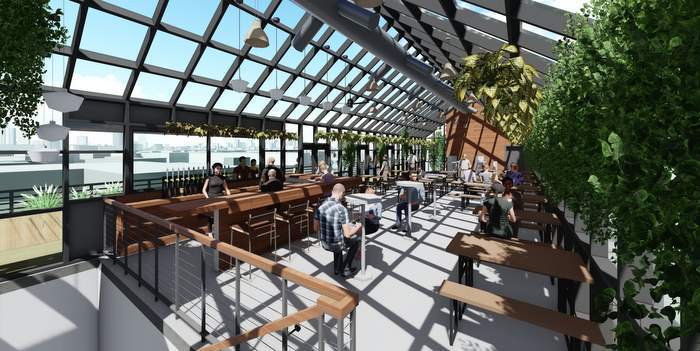
The layout and use of transparency and adjacency can immerse the visitor in the brewing activity, celebrating the choreography of movement that brings beer to life. The tall spaces required to house the glimmering, intricate equipment can transform visitor into parishioner. The evolving scents of the process create an immersive atmosphere. These are natural, inherent assets of breweries. Use them and celebrate what they represent.
Select surfaces for their durability, cleanability or flexibility. Understand the impact that acoustics, materiality and natural or artificial lighting can have on the experience of a room, and know how to manipulate those senses to find a cohesion with the mission of your business.
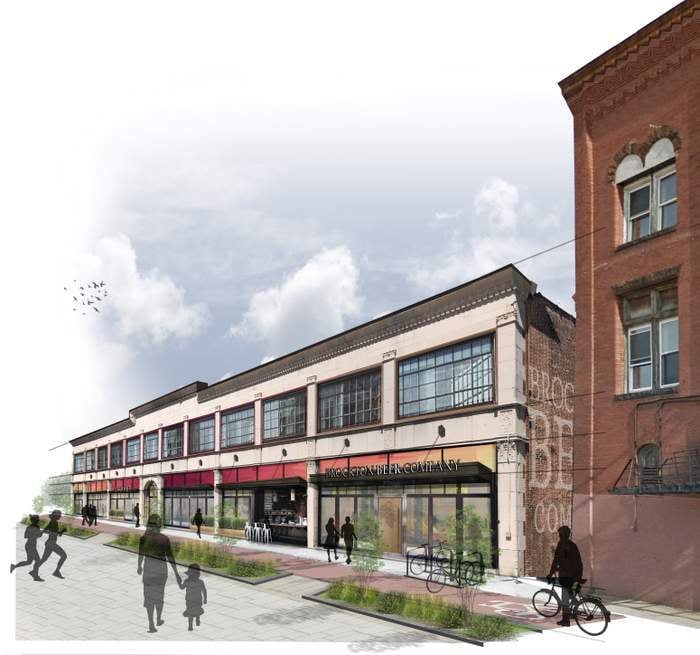
It is important to have a design team with the experience to know how to craft a space that meets the client’s goals for character and aesthetics while offering the technical performance that will allow the space to function. A designer also needs the experience of working within parameters that will satisfy regulatory agencies.
Good designers recognize that brewers are the experts in their craft, and that they need to tap into that expertise and energy to inform the design. The product is the reason people have come. Make sure the space gives them a reason to stay.
Ben Wan is an associate with RODE Architects.

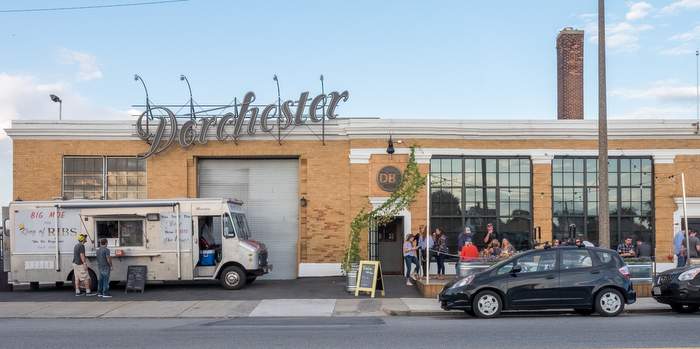



Leave a Reply
You must be logged in to post a comment.